La versión española de este post se puede leer aquí.
![Davis Sesma, Intech]() David Sesma is the managing director of Intech, company specialized in technical healthcare engineering, both in healthcare radiology and veterinary radiography. Moreover, Sesma has a degree in Physics and is an expert in veterinary clinical software.
David Sesma is the managing director of Intech, company specialized in technical healthcare engineering, both in healthcare radiology and veterinary radiography. Moreover, Sesma has a degree in Physics and is an expert in veterinary clinical software.
Carestream and Intech have developed a system for veterinary radiology exams, with more than 500 veterinarians around Europe using the system. With his experience and knowledge, Sesma is the perfect person to explain the issues we see in veterinary medicine.
How does radiology works in veterinary science? Do you think that in recent years the level of this science has increased through new technological innovations?
Sesma: Currently, the most demanded diagnostic method in veterinary activities is the radiology. This science has become so important to the veterinarian sector that to be approved as a clinic center, they must have surgery and X-ray equipment.
Technological advances in this area in the last 25 years (specifically to veterinary radiology equipment, digital systems adapted to the needs of industry, etc.) have led to growth from 10% to 75% regarding veterinary centers with a registered radiology team. As for digital radiology systems, only 10 years ago, only large referral centers would have the equipment, whereas today over 50% of new businesses are provided with digital radiology systems when first opening.
How does new software affect conventional radiology techniques in the veterinary industry?
Sesma: The development of applications for the collection of radiology images for veterinary activities has significantly helped to diagnose diseases and the appropriate treatment. Having specific radiology filters for each animal and anatomical region have contributed to the reduction of repeated exposures, and has also led to reduced radiation dose. On the other side are the measurement tools and veterinary applications that allow for accurate diagnoses as efficiently as possible, while also optimizing cost reduction.
What is the most striking difference between the software for animals versus human beings?
Sesma: A veterinary treatment program is designed by veterinarians and responds to all the demands of the sector. In fact, every six months we incorporate new tools and modify some that have already been made, based on feedback we receive directly from customers
The biggest difference lies in the fact that the veterinary surgeon has a particular expertise. He is part radiologist, part internist, and part cardiologist and psychologist. So what we have always tried, and I think we have achieved, is to implement an intuitive computer program that is easy to use. We have moved away from the complicated PACS platforms for human images, which you have to be an expert to manage.
Our goal has always been very clear: putting the service veterinary diagnostic tools in place, and prevent veterinarians from having to continue to use out-of-date, ineffective software.
![Veterinary Imaging from Carestream]() Can Intech software also be used with unconventional pets?
Can Intech software also be used with unconventional pets?
Sesma: There are more and more households containing pets other than dogs and cats, resulting in increasingly frequent consultations with birds, rodents, reptiles, ferrets, rabbits, etc. There are already many clinics in Europe (of course in Spain) specializing in “exotic animals.” So in our software, we contemplate different tools and filters for dogs, cats, horses, reptiles, small mammals, rodents, birds, turtles and other reptiles for example.
Incorporating a new technology needs to be accompanied with a training session. Would you say that veterinarians can easily adapt to new technologies?
Sesma: If someone is used to a certain way of doing things, the problem is not for that person, it is for the company–it has failed to adapt to the client. Today, veteran professionals who have never handled a computer, send emails, take pictures, play “Candy Crush” and hold video conferences with their grandchildren. This has been achieved thanks to the new usable software that we find in today’s devices, be it tablet, smartphone, or PC. That’s what developers should do—solutions must answer your questions. Veterinarians who are committed to our company have learned the new technologies, without a doubt.
Is the same security applied to both people and animals, in terms of standard protocol and regulation?
Sesma: There is not a gap in legislation. In fact, the RD 1085/2009 plays under the same heading for veterinary and conventional radiology equipment for humans. So our quality standard and our manufacturing CE markings don’t discriminate in terms of security, whether the use of the equipment is for human or animal patients.
Which would you say are the biggest benefits in the partnership between Intech and Carestream?
Sesma: The win-win relationship. Both companies are in the same line of support and non- interference in each of our tasks. Carestream has given us the green light to carry 100% of the veterinary market and as well as the support of the product, which is considered by many veterinarians to be the best product in its class .
The post Veterinary Medical Imaging: Give the Customer a Solution, Not a Problem appeared first on Everything Rad.













 Todd Minnigh is the vice president of worldwide sales and marketing development at Carestream. His talk at AHRA 2014, “Patient Care, Over There: What We Can Learn from Radiology Practices Around the Globe.” will be taking place on Monday, Aug. 11, from 4:00-5:00 p.m. and Wednesday, Aug. 13, from 10:00-11:00 a.m.
Todd Minnigh is the vice president of worldwide sales and marketing development at Carestream. His talk at AHRA 2014, “Patient Care, Over There: What We Can Learn from Radiology Practices Around the Globe.” will be taking place on Monday, Aug. 11, from 4:00-5:00 p.m. and Wednesday, Aug. 13, from 10:00-11:00 a.m.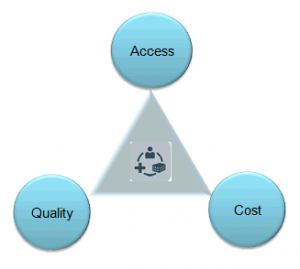



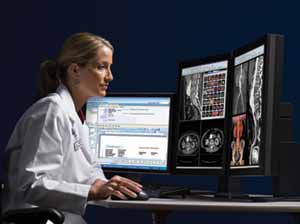

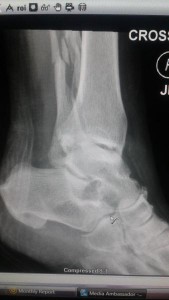
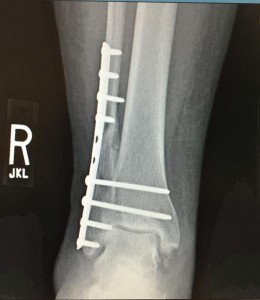
 Dave Fornell,
Dave Fornell, 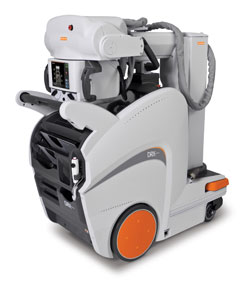
 enterprise image viewers, growing adoption of telemedicine tools by healthcare providers, changes expected in data security, cloud and mobile technologies, why radiologists need to lead change and how patient-centric care can result in shorter perceived wait times and greater satisfaction.
enterprise image viewers, growing adoption of telemedicine tools by healthcare providers, changes expected in data security, cloud and mobile technologies, why radiologists need to lead change and how patient-centric care can result in shorter perceived wait times and greater satisfaction.
 place integrating PACS with an EHR, expected growth for the global ultrasound market, patients’ desire for personalized treatment,
place integrating PACS with an EHR, expected growth for the global ultrasound market, patients’ desire for personalized treatment, 

 nerates 3D anatomical models from STL files that originate with data in
nerates 3D anatomical models from STL files that originate with data in  Ron Muscosky is a Product Line Manager in health IT solutions at Carestream.
Ron Muscosky is a Product Line Manager in health IT solutions at Carestream.






